Discover insights, tips, and stories from the skies — from aircraft buying guides to pilot training.

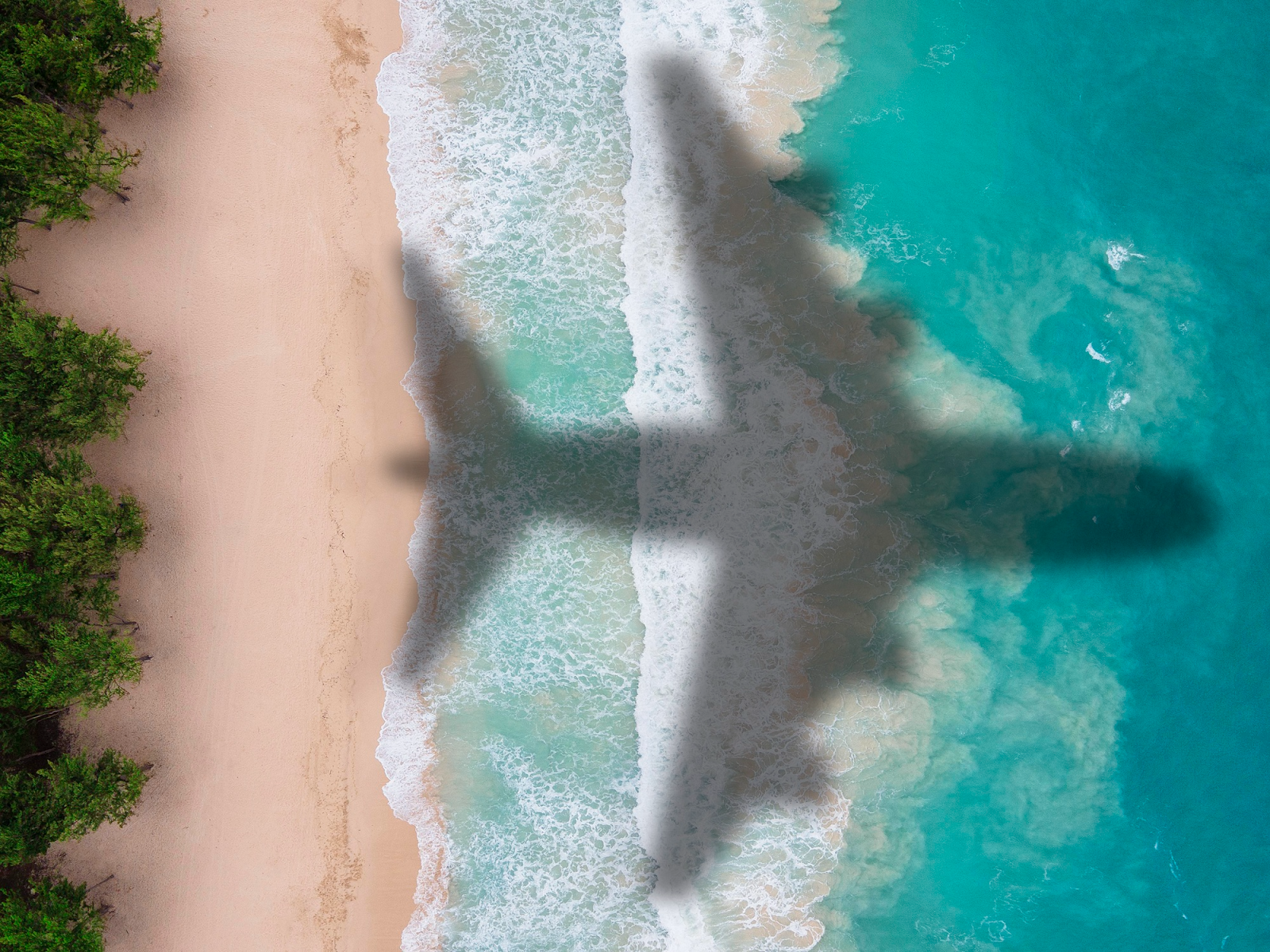
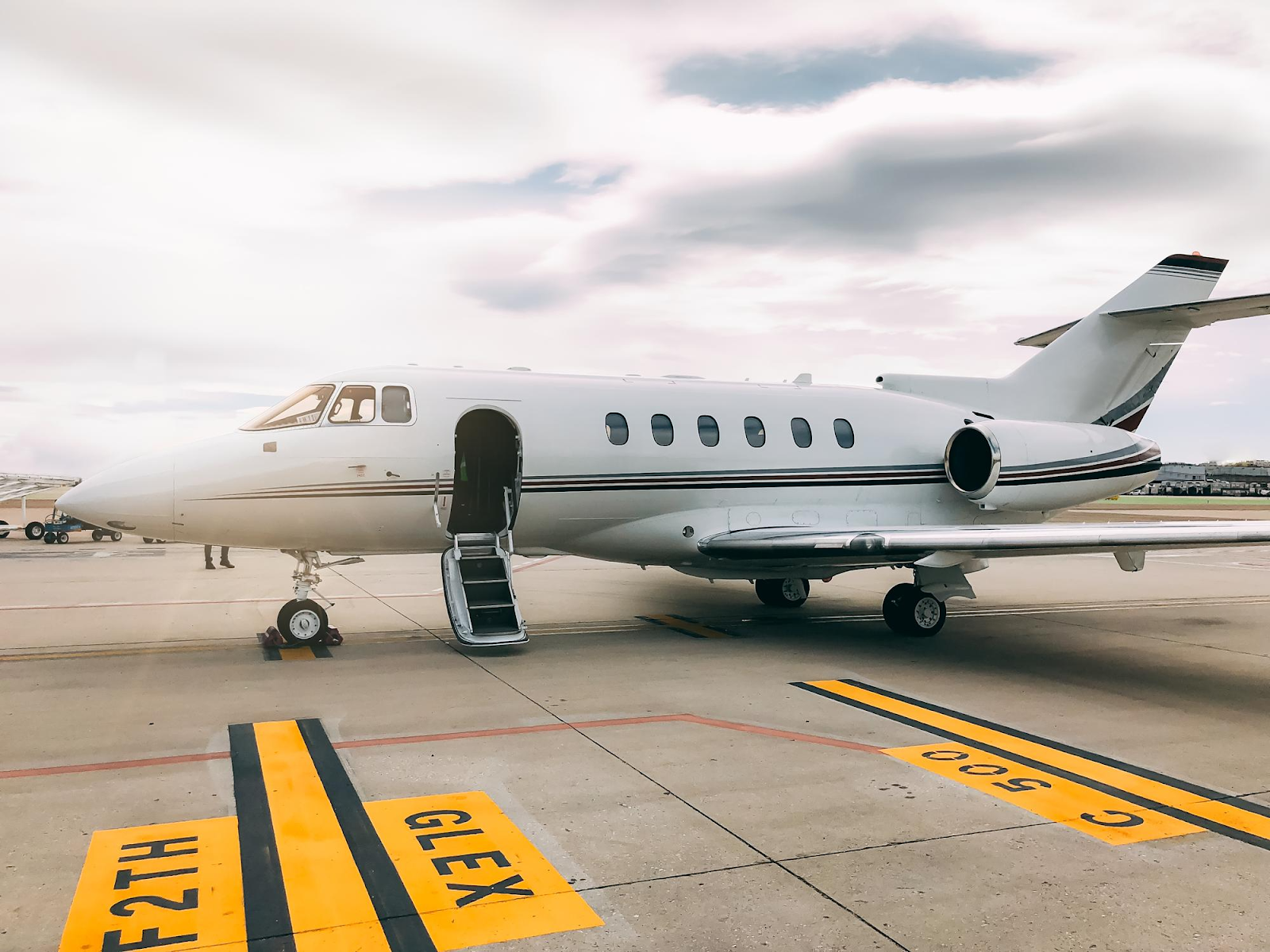
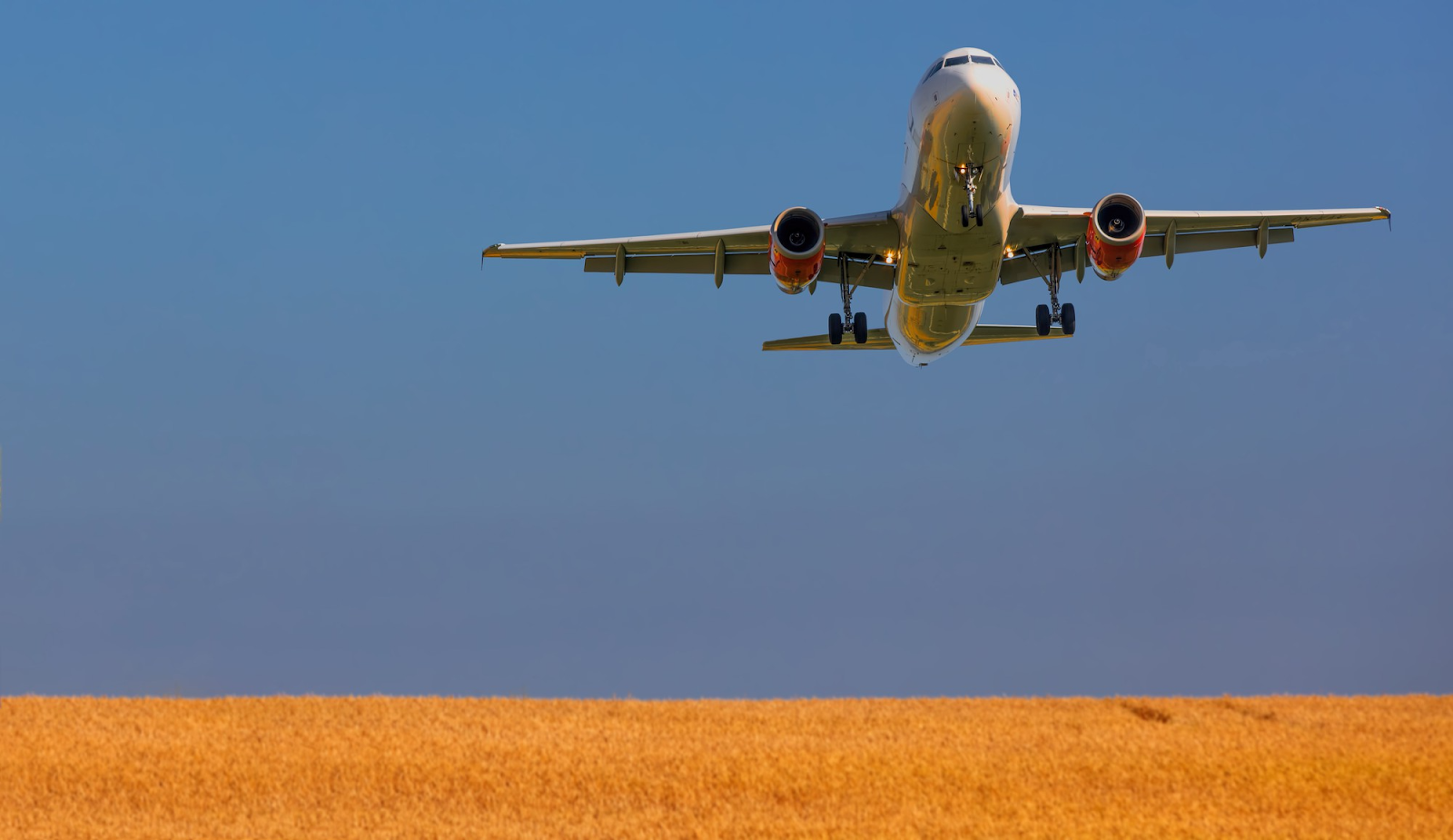

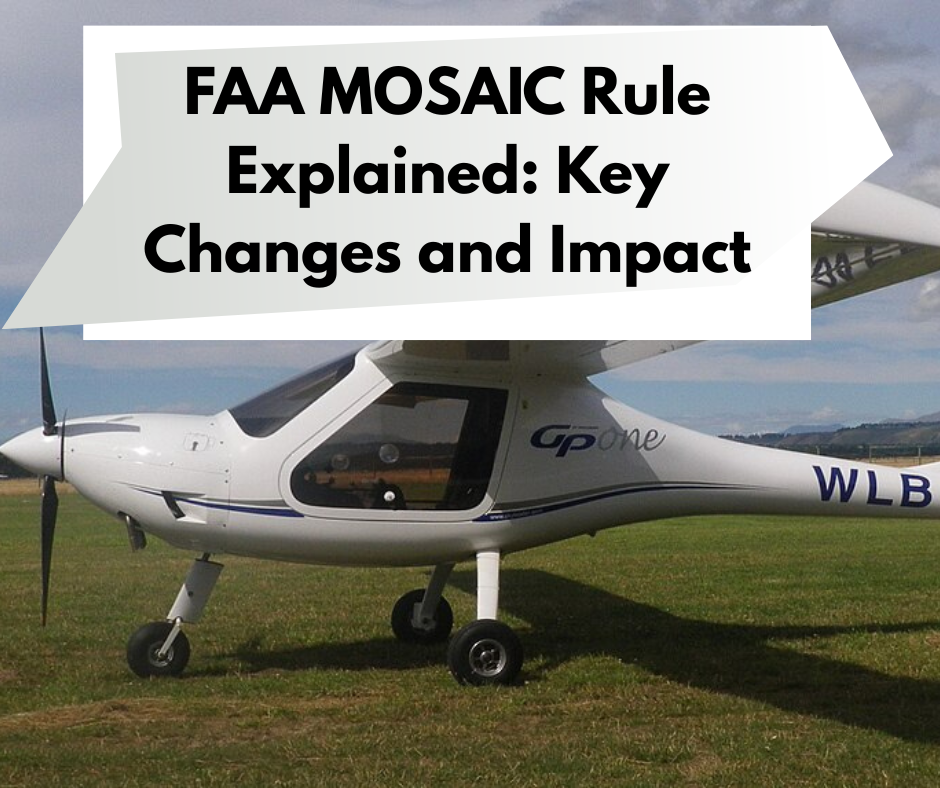
Published: August 11, 2025
The FAA MOSAIC rule is one of the biggest updates in small-plane flying in years. It changes what pilots can fly, how airplanes are approved, and when the new rules will start to guide aviation.
Many people in the flying world—from a new sport pilot to an experienced private pilot certificate holder—will feel the impact.
This change touches training, safety, and even which planes are allowed in the air. Here’s a clear look at what the new rule means and why it matters.
The Federal Aviation Administration is the government group that makes rules for all flying in the United States. We usually call it the FAA. Its main job is to keep the skies safe for people and planes. That means setting standards for how planes are built, how pilots learn, and how flights are carried out.
The FAA looks at every kind of flying. It covers large passenger jets, helicopters, and even smaller planes that are part of general aviation. If you take a lesson at a flight school, rent a small airplane, or ride in a business jet, the FAA is behind the rules that guide each flight.
Here’s what the FAA does:
Without the FAA, there would be no clear way to make sure planes and pilots meet the same standards. If a new light sport aircraft comes out, the FAA checks that it fits safety limits like stall speed or weight limit before it can be used for flight training.
The FAA also sets how rules will take effect. For example, when it publishes a final rule, it often says changes start in 90 days. That gives pilots, schools, and manufacturers time to prepare. This is the same idea used in the new MOSAIC changes.
In short, the FAA’s role is simple but vital: it makes sure everyone in aviation can trust that the same safe standards apply across the board.
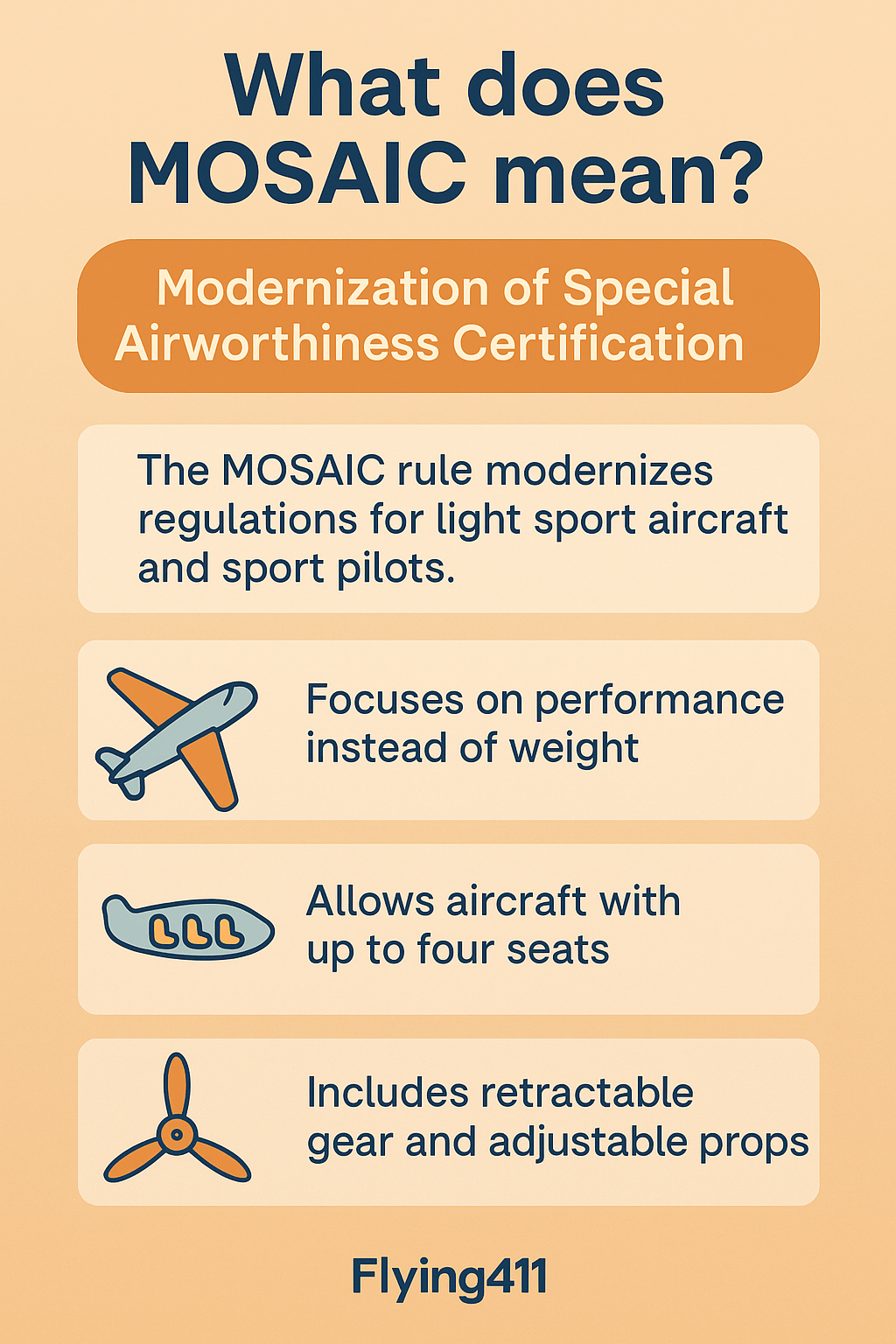
MOSAIC stands for Modernization of Special Airworthiness Certification. That’s a long name, but the meaning is straightforward. It’s about updating and modernize rules for smaller planes, known as LSAs or light-sport aircraft.
The MOSAIC rule was created to make flying more flexible while keeping it safe. It focuses less on weight limit and more on how a plane performs. Instead of saying a plane must weigh under a certain number of pounds, the FAA now looks at limits like stall speed. For example, if a plane’s stall speed is under 61 knots, it may qualify under the new standards. This shift is called a performance-based approach.
The new rule allows more options:
The MOSAIC updates also expand how sport pilot privileges work. A person with a sport pilot certificate can now fly a wider range of planes, as long as the stall speed fits the new limits. This includes popular models like the Piper series and many LSAs already used in flight training.
Groups like the EAA and thousands of pilots at Oshkosh each summer have pushed for this kind of change. They wanted rules that matched today’s aviation world instead of being locked into older categories.
By creating a clear path for light-sport and other LSAs, the MOSAIC update helps bring fresh life to general aviation and makes it easier for new pilots to learn.
The old rules for light-sport aircraft were written back in 2004. At that time, the FAA set simple limits, like a 1,320-pound weight limit and a top speed of 120 knot. This worked for early LSAs, but many planes that were safe and useful didn’t fit. Over time, it became clear the rules were too narrow.
Pilots, schools, and groups like the EAA told the FAA the rules were holding back progress. For example, many common trainers used in flight school programs, such as the Piper Cherokee or Cessna 172, were left out. These planes had safe stall speed numbers but weighed too much to count as light-sport aircraft.
Here’s why the change happened in 2025:
The FAA listened and issued the final rule in July 2025. Most of the pilot changes will take effect 90 days later, while new certification standards for manufacturers will start a year later.
The update opens the door to more aerial work, better options for training, and more freedom for pilots holding a sport pilot certificate. It also helps manufacturers design planes that meet modern needs without being stuck under old rules.
By making the MOSAIC rule official, the FAA created a stronger path for the future of general aviation. It keeps safety first but allows planes with better performance, like LSAs with four seats or new designs with electric power, to become part of everyday flying.
The FAA’s MOSAIC update has been called a landmark rule in the world of flying. It changes how small planes are certified, how pilots can use them, and how the industry plans for the future. To make sense of it, let’s walk through the key changes, when they start, and what they mean for everyone in the U.S. who loves flying.
For years, the light-sport category was based mostly on a simple weight limit. Planes had to stay under 1,320 pounds for land use, or 1,430 pounds if they could land on water. That worked for early LSA aircraft, but it cut out many safe and useful planes that could have served as training aircraft or family flyers.
Now the MOSAIC final rule changes that system. Instead of only looking at weight, the FAA uses performance-based criteria like stall speed. If a plane can show a stall speed of 61 knots or lower, it may qualify under the LSA category. This is a big shift in aircraft design. It allows sport pilots to fly planes with stronger structures, more seats, and better equipment, while still maintaining high standards of safety.
The final MOSAIC rule opens the door to a much wider range of aircraft. The FAA is expanding the types of aircraft that qualify as LSAs. This can include some existing aircraft that never fit the old weight limits but meet the new stall-speed test. It can also include new aircraft designed under the new regulations.
Here are some of the highlights:
This flexibility helps aircraft manufacturers build safer, more capable planes. It also means more choices for aircraft owners and recreational pilots who want planes that match today’s needs.
The MOSAIC final rule was published in the Federal Register in July 2025. Most changes for pilots will take effect after 90 days. That means many pilots will be able to fly under sport pilot privileges in new ways by fall 2025.
Changes to how planes are certified will start one year later. In July 2026, new regulations for manufacturers begin. This includes moving away from the old §1.1 definition of LSA and introducing a new part of the code that uses consensus standards. These standards are created by experts in the industry, with input from groups like ASTM International, to give detailed technical rules for aircraft design and production.
For many pilots, the most exciting change is access to more aircraft eligible under sport-pilot rules. Someone holding a sport pilot certificate can now fly a bigger list of planes. Popular models like the Piper Cherokee or older Cessna 172s may qualify because their stall speeds fall under the new threshold.
This means:
It also helps private pilot and recreational pilots who want affordable flying without moving into heavy, complex airplanes.
Flight schools have a lot to gain. Many schools struggled to keep up with older LSAs that were limited by weight and speed. The update lets them use sturdier training aircraft that last longer and handle daily use. Students can now learn in planes that are common in the fleet, which makes the jump from light sport aviation into bigger categories much easier.
This also gives schools more freedom to match students with the right types of aircraft for their goals. Someone aiming for recreational aviation may stick with small LSAs, while another student on a path to a private pilot certificate can start in a four-seat trainer that fits the new regulations.
The FAA worked closely with the Department of Transportation and outside groups to shape the MOSAIC final rule. Events like EAA AirVenture Oshkosh gave the public a chance to share feedback. Alongside this process, lawmakers also passed related measures like the Mental Health in Aviation Act, which shows how safety, wellness, and training all connect in today’s aviation system. The result was a rule that balances flexibility with safety.
By using consensus standards, the FAA lets industry experts create detailed technical guides. These can be updated faster than government rules, which helps when new technology comes out. Think of electric motors, composite materials, or digital displays—these can now be approved faster while still meeting FAA safety checks.
Aircraft manufacturers now have clearer rules for building new aircraft. They can design planes with more useful features, like extra seats or better performance, while still fitting into the LSA category. This helps them reach more pilots and aircraft owners.
For owners of existing aircraft, some models that were never LSAs before are now included. That means a wider pool of used planes is open to people who want to fly with sport aviation privileges. With more choices also come greater responsibilities of an aircraft owner, such as keeping up with maintenance, following the new regulations, and making sure the plane remains safe to fly.
Even with the changes, there are still clear rules.
These limits keep the system focused on safe recreational aviation while still making room for growth.
Pilots are excited because the rule opens the skies to more choices. It makes the system friendlier for people learning to fly, or for hobbyists who just want to take family or friends up for a short trip.
It also gives a clear path for future tech like eVTOL aircraft, which could bring new forms of personal and regional flying. By keeping things performance-based, the FAA avoids locking the rules into old numbers that no longer fit modern planes.
The FAA MOSAIC rule is a major shift for small-plane flying and light sport aviation. It updates limits, gives pilots more choices, and supports new designs in aviation.
It connects safety with progress, creating space for both old and new planes to play a role in the future. It shows how the FAA, working with the Department of Transportation and the public, can make a rule that supports growth while protecting safety.
From students in a flight school, to hobby pilots in small towns, to aircraft manufacturers planning their next models, this update touches almost every corner of the community. It is a big win for anyone who cares about affordable, safe, and flexible flying in the U.S.
By focusing on performance and not just weight, the FAA has cleared the way for safer, more flexible flying in the years ahead. For anyone who cares about light-sport aircraft, training, or future technology, this is a rule worth watching closely.
To keep learning about flying and stay ready for every new change, visit Flying411 today!
A sport pilot can fly an airplane with a clean stall speed of 61 knots or less, even if it has up to four seats. But only one passenger is allowed.
A driver’s license still works for most flights. A medical certificate or BasicMed is needed if flying at night or in certain conditions.
Most pilot privileges take effect 90 days after the final rule in July 2025. Aircraft certification updates begin in July 2026.
Yes. Private pilots gain access to more modern light-sport airplanes and training options under the new rule.
Yes. Flight schools can use a wider range of LSAs for training, making it easier for new students to start flying.